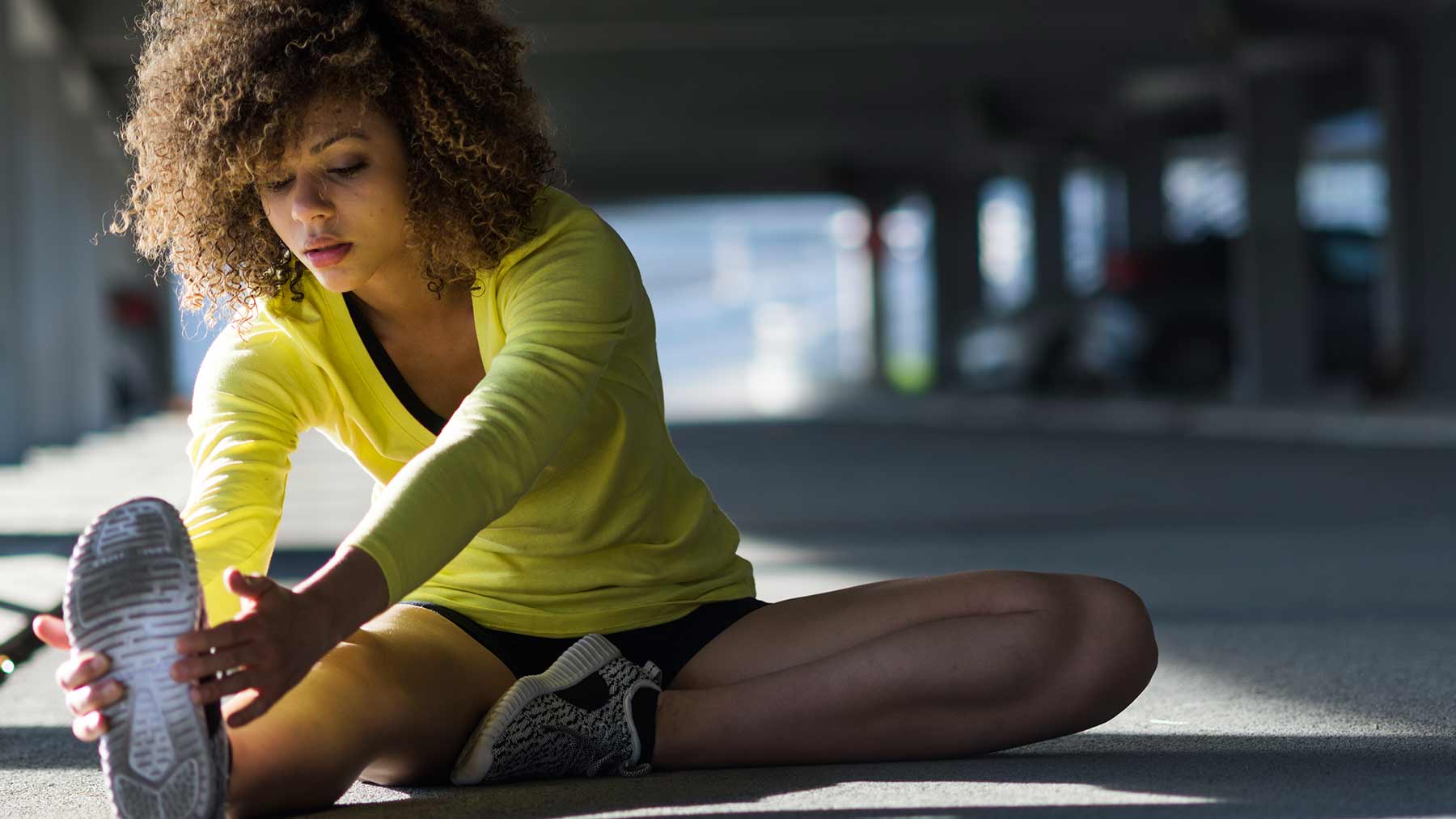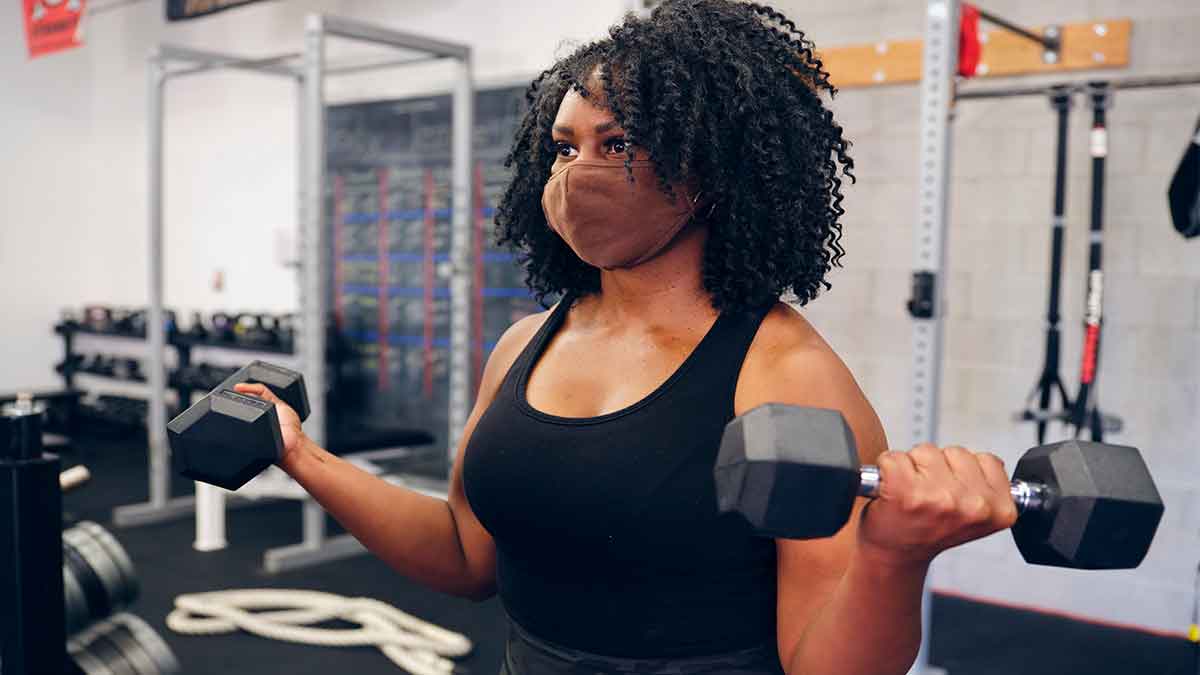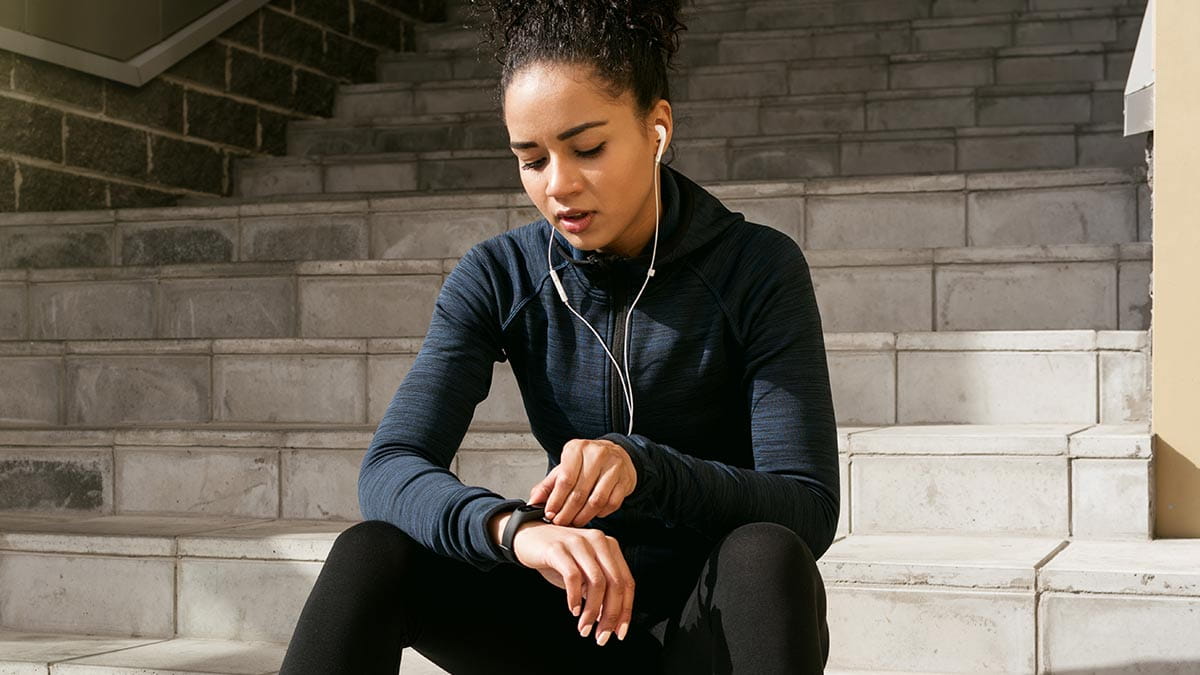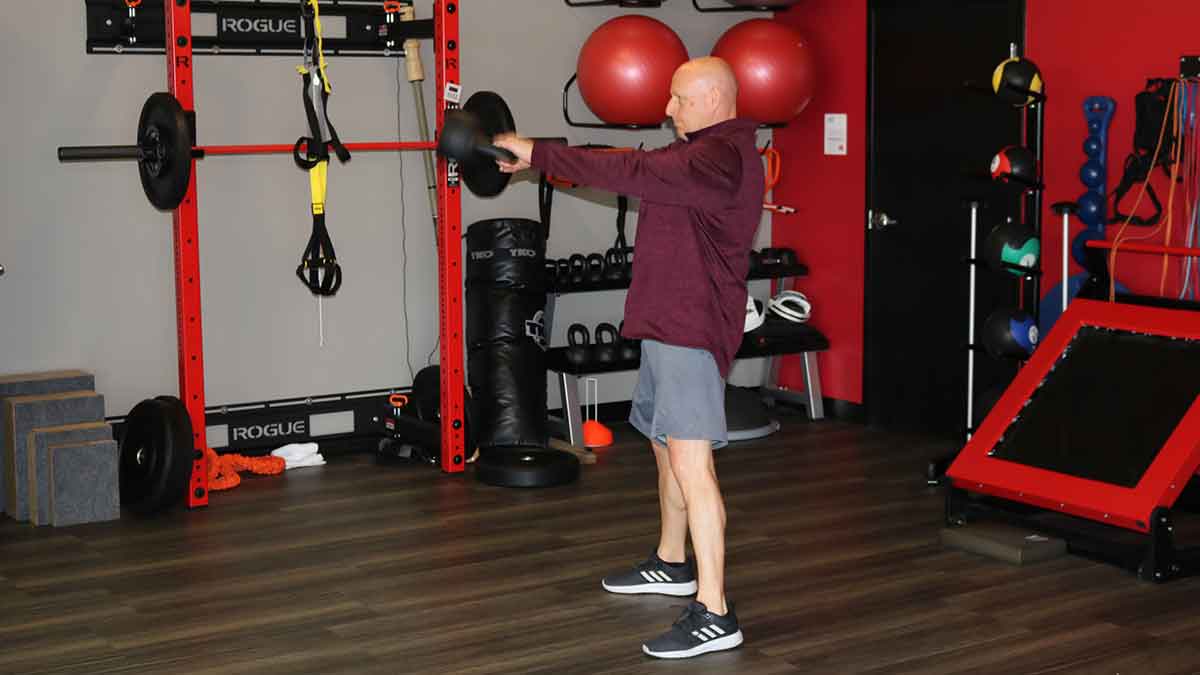Why stretching is more important than you think
 We all know stretching is important, but do you know why? It may seem like a simple process, but stretching properly at the right time can make a huge difference in your overall health. Sure, stretching helps athletes stay loose, limber and avoid injuries, but it can also benefit others in ways we might not have known.
We all know stretching is important, but do you know why? It may seem like a simple process, but stretching properly at the right time can make a huge difference in your overall health. Sure, stretching helps athletes stay loose, limber and avoid injuries, but it can also benefit others in ways we might not have known. Stretching is for more than just athletes
Runners and those who compete in athletic events are well aware of the benefits of stretching, but it may come as a surprise that it also helps patients with conditions like diabetes and depression. Stretching increases blood flow, boosts oxygen levels and helps deliver nutrients to your muscles. It also removes metabolic waste like carbon dioxide, ammonia and uric acid.
You need to stretch more than just muscles and tendons
Before hitting the road or the treadmill, it’s imperative that you stretch your hamstrings, quads and calves - but don’t forget your IT band. The IT band, or iliotibial band, runs from your hip to just below your knee on the outside of your leg. This thick, fibrous tissue stabilizes the knee joint during movement and it’s important to keep it loose. Failing to stretch the IT band or persistent overuse can lead to pain, inflammation and something called IT band syndrome.
Stretching a tendon just 4% beyond its original length can cause permanent damage
Our muscle fibers are very pliable. It might surprise you to know that a muscle can stretch up to one and a half times its original length. But tendons aren’t nearly as flexible. Stretching a tendon just 4 percent beyond its resting shape can cause permanent damage. Most of the time, injuries occur when tendons are stretched too quickly or in unexpected directions. That’s why it’s important to stretch them slowly and consistently.
You should warm up first, then stretch
Many assume that it’s best to stretch before you run or take part in any type of exercise – but it’s better if you warm up first. Jogging at a slow pace or spending a few minutes on an exercise bike will increase blood flow to the muscles and allow you to get more out of your stretch. Remember to build that extra time into your workout routine. If you plan to run on the treadmill for 20 minutes, set aside 35-40 minutes in all. Spend five minutes or so warming up, 5-10 minutes stretching, and then begin your workout.
Stretching after you run is more important than before you run
How many times have you finished a rigorous workout, and then plopped down on a chair to catch your breath before calling it a day? Most of us have done it, but it’s important to remember that, just because your workout is over, doesn’t mean you’re finished. Remember, it is just as important, if not more so, to stretch after you exercise. Stretching while the muscles are already loose from a workout will help you recover faster and prevent injuries.
Stretching is one of the most important actions exercisers can take to avoid injury, strengthen their muscles and increase their performance. The next time you hit the track, make sure you remember how a few minutes of stretching can immensely benefit your workout and your health.
This article first appeared in U.S. News & World Report.




